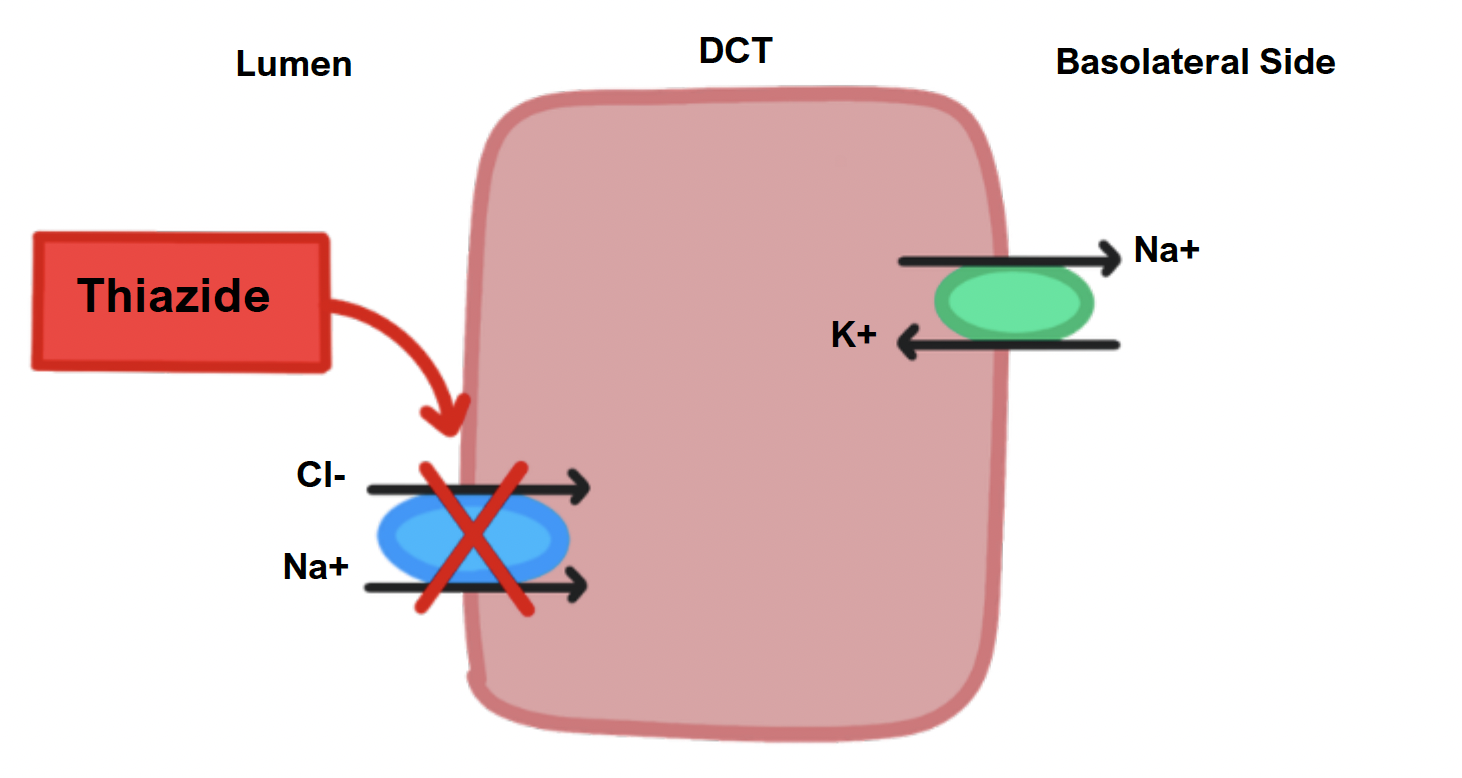Book Launch Speech
Dear Friend,
Hope you’re enjoying the lovely weather this week, and let’s hope for an England win in the football match today.
This week, I don’t have many words of wisdom to share. Instead, you can watch the recording of my speech from my book launch, now available on YouTube. In my talk, I summarized the key steps in my journey to publishing my book, including my time abroad, my experiences at Cambridge Judge Business School, setting up In2Med, and finally securing a publishing deal.
The main point I emphasized is that writing a book was never my initial goal; it happened organically through various experiences. Additionally, it was far from a solo venture. I couldn’t have brought this book to life without the help and support of many people, for which I am forever grateful.
I hope you find my speech interesting.
Drug of the week
Metolazone
These are thiazide-like drugs which have a similar mechanism of action to the thiazide diuretics, inhibiting sodium reabsorption in the distal convoluted tubule.
Specifically, it acts on the Na+/Cl− symporter, preventing sodium and chloride from being reabsorbed into the bloodstream.
They are the preferred class of diuretic in hypertension.
Patients on metolazone should have their electrolyte levels, kidney function, and blood pressure monitored regularly. It’s also important to stay hydrated and maintain a balanced diet to prevent electrolyte imbalances.

A Brain Teaser
A team of paediatricians is planning a study to explore the possible link between maternal occupation during pregnancy and the incidence of microcephaly in their children. The cases will include children diagnosed with microcephaly, and the controls will be age and sex-matched individuals without the condition. Data on maternal occupation throughout pregnancy will be gathered from interviews and medical records.
What measure should they use to report the results?
A: Confidence interval
B: Hazard Ratio
C: Odds ratio
D: P-value
E: Relative risk
Answers
The answer is C – Odds Ratio
The correct answer is odds ratio. Within the context of a case-control study aimed at exploring the association between maternal occupation and the development of microcephaly, a rare disease, odds ratios are particularly pertinent. They serve as a statistical measure to quantify how the likelihood of an event occurring in one group compares with that in another group. Essentially, odds ratios provide insight into whether an event is more probable within a specific cohort relative to another.
From a methodological standpoint, if we observe elevated odds of an event within a certain group, this suggests a more robust association between the exposure under investigation and the resultant outcome. Employing odds ratios in case-control studies enables researchers to elucidate both the magnitude and directionality of associations between exposure variables and outcomes, thus shedding light on potential determinants impacting the phenomena under study.
Confidence interval is an incorrect option. They delineate a range within which we can expect our estimated value to fall with a specified level of confidence should we replicate our experiment or resample from the population similarly. Common research practice involves utilising a 95% confidence interval, implying that we would anticipate obtaining results within this bracket 95% of the time upon repeated studies. However, it does not convey information regarding risk or likelihood of attaining particular results; rather, it serves as supplementary information to contextualise the primary findings, rendering this option incorrect for our purposes.
Hazard ratio is an incorrect option. These are employed to gauge the impact of an intervention over time concerning an outcome of interest. Frequently used in survival analysis or time-to-event studies, hazard ratios represent instantaneous rates at which events occur ‘ specifically, they estimate the probability that an individual will experience an event at any given point in time following an intervention, conditional upon not having already encountered said event. It is crucial to differentiate between hazard ratios and risk ratios: while risk ratios focus solely on whether or not events occur by the study’s end without considering timing aspects, hazard ratios take into account both the incidence and temporality of events. Given that this inquiry pertains to a case-control study design, opting for hazard ratio as an outcome measure would be unsuitable.
P-value is an incorrect option. This concept relates to the probability that we might observe our current results assuming that there is no actual relationship (null hypothesis) between our variables ‘ essentially quantifying how likely it is that any observed correlation could have arisen by chance alone. A p-value below 0.05 (5%) is generally regarded as indicative of statistical significance; however, it does not inform us about risks or probabilities associated with achieving specific outcomes but instead pertains only to chance occurrences linked with our findings’hence why this choice also falls short as an answer.
Relative risk is an incorrect option. This concept represents a comparison typically utilised within cohort studies ‘ contrasting the risks of exposed groups against those unexposed. This metric facilitates associations between exposures and increased or decreased likelihoods for particular events. Nevertheless, one must exercise caution when interpreting such correlations since they do not inherently imply causation; alternative explanations may include reverse causality or confounding factors influencing both variables concurrently’an exemplar being higher cancer incidences observed among hospitalised patients compared with those at home due predominantly because cancer precipitates hospital visits rather than vice versa. Consequently, relative risk does not constitute an ideal outcome measure for case-control studies either.



